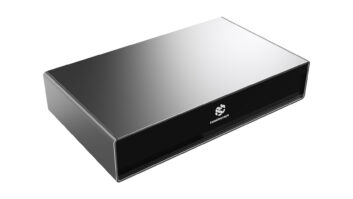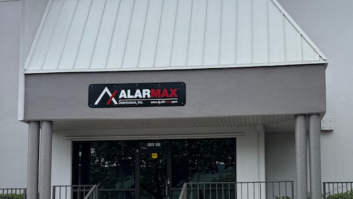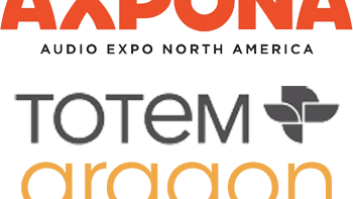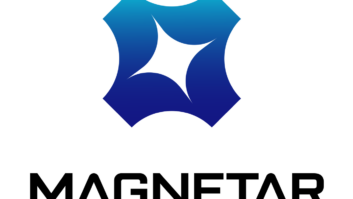Thomson, Philips and Pioneer actively demonstrated DVD-Video recorders at IFA (Internationale Funkausstellung), and although Thomson said it hasn’t yet committed itself to a particular format, Philips and Pioneer apparently have.
Philips is basing its product on a Philips-developed variation of the DVD+RW standard.
“We’ll license our technology at a low cost or none at all to push the format,” said senior DVD project manager Eric Tijssen. “We’re seeking alliances.” All other rewritable DVD formats are incompatible with existing DVD players, Tijssen claimed.
Philips’ version of DVD+RW provides for a two-sided disc with 4.7GB of capacity per side. Each side delivers two hours of DVD-quality video or four hours of reduced-bit-rate video between VHS and S-VHS quality, Tijssen said. The discs will also play on PCs equipped with DVD-ROM drives and MPEG2 decoders.
“We’ve perfected the 4.7GB [per side] rewritable disc [for compatibility with existing DVD players],” Chris Buma, Philips program manager for A/V disc recording , told TWICE. “Now it’s just a matter of doing it, that is, designing the product so we can produce it at high volumes to drive the price down.”
“It must be the same price as the first generation of high-end DVD players,” Buma maintained, which sold for as much as $1,000. At that price, the recorder will feature an analog TV tuner, a digital iLink input for connection to digital camcorders, and a set of Macrovision-protected analog inputs including composite, S-video and component.
If there’s demand, Tijssen said in response to questions, Philips’ first recorder will feature two-side playback and a memory buffer to provide seamless recording and playback of TV programs lasting more than two hours.
Philips will support the launch with two-sided rewritable discs whose prices haven’t been determined.
Although Philips hasn’t yet crammed its technology into a single component-size chassis, Thomson did in its demonstration of a rival rewritable DVD video format based on DVD-RAM. It uses a cartridge-clad single-sided, single-layer 5.2GB disc with an integral cartridge. Three recording modes deliver one two, or four hours of recording time per disc.
A Thomson spokeswoman said the company hopes to refine the format so it’s compatible with existing DVD players. But Stephane Pechmajou, DVD product manager for Europe, added that the company is “looking at various other formats” as part of its plan to ship DVD recorders late in 2000.
Pioneer managing director Takashi Kobayashi said his company expects to ship a DVD-RW model in Japan at the end of this year, based on its assumption that the DVD Forum and content providers will resolve outstanding copy-protection issues.
The company’s recorders for the Japanese market would have built-in satellite and terrestrial tuners and only analog input jacks, Kobayashi said. Pioneer would like to add digital inputs for U.S. models but isn’t yet sure on the configuration issue.
Pioneer research and development general manager Tadahiro Yamaguchi said the recorders would be able to record both write-once DVD-R discs and rewritable discs. The write-once would be readable on existing DVD players that can read both layers of a prerecorded dual-layer disc. The vast majority do, he said.
Existing DVD players would be able to play back rewritable discs only if the machines were upgraded. That might require a service call, Yamaguchi said, but the company’s goal is to achieve a final spec that would let users upgrade the player by inserting and playing a disc.
Philips and Thomson also demonstrated single-chassis D-VHS recorders with built-in MPEG2 encoder/ decoders for the European market, but they haven’t yet decided to bring the technology to the U.S. The single-chassis recorders have a built-in analog TV tuner, analog inputs for recording other video sources such as satellite TV, and an iLINK digital input for copying digital-camcorder tapes.
Philips will ship its model in Germany in October or November at about $2,100, but “putting an MPEG II encoder in a VCR may be too expensive for the U.S.” said D-VHS marketing manager Mark Poldervaart. The “preferred road” in the U.S. would be a model that adds a copyright-protected digital input for time-shifting HDTV broadcasts. Such a model would lack a built-in HDTV tuner/ encoder because of the cost.
“Preferably, it would have an HD tuner and encoder in it, but because of its cost, reception will be in the TV, and the [HD] bitstream would be recorded on the tape,” Poldervaart explained.













